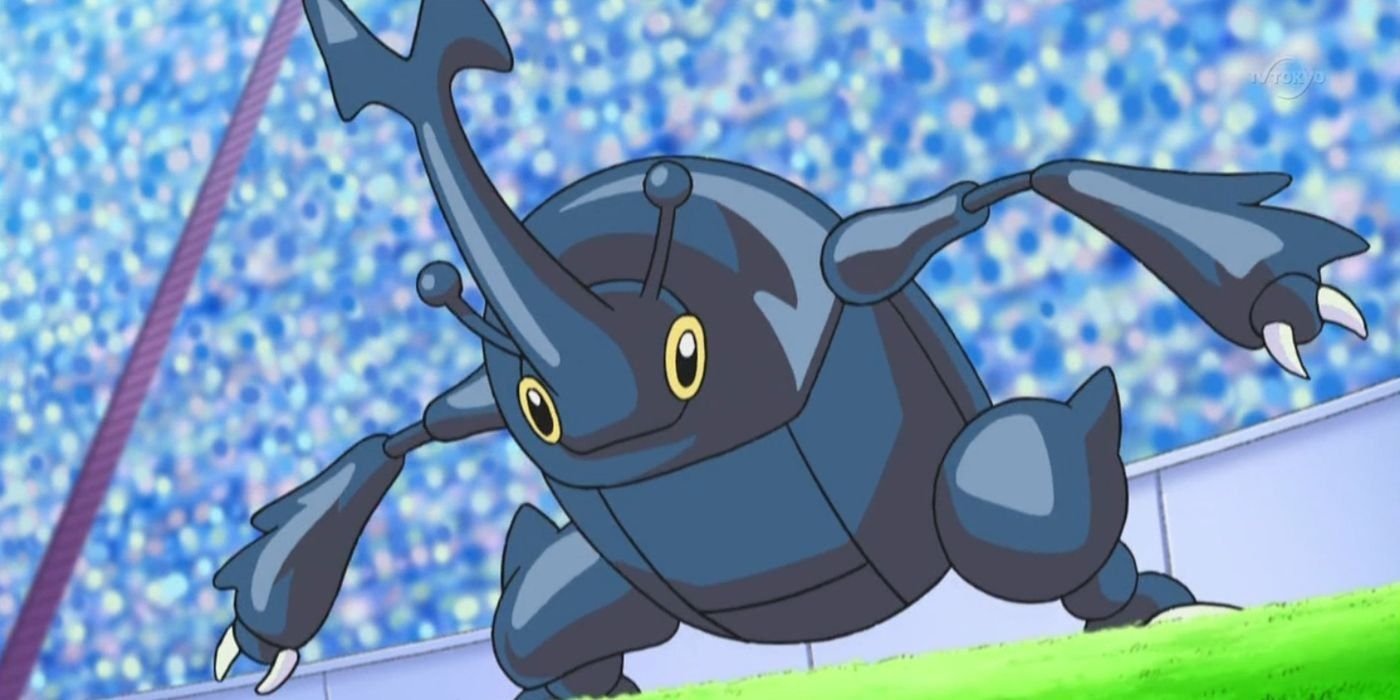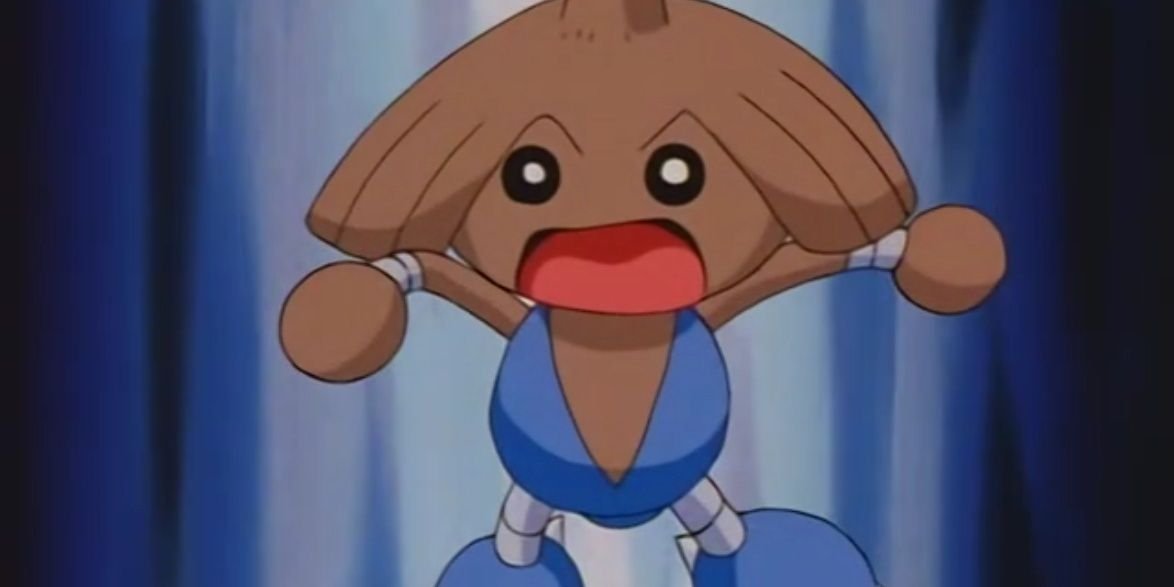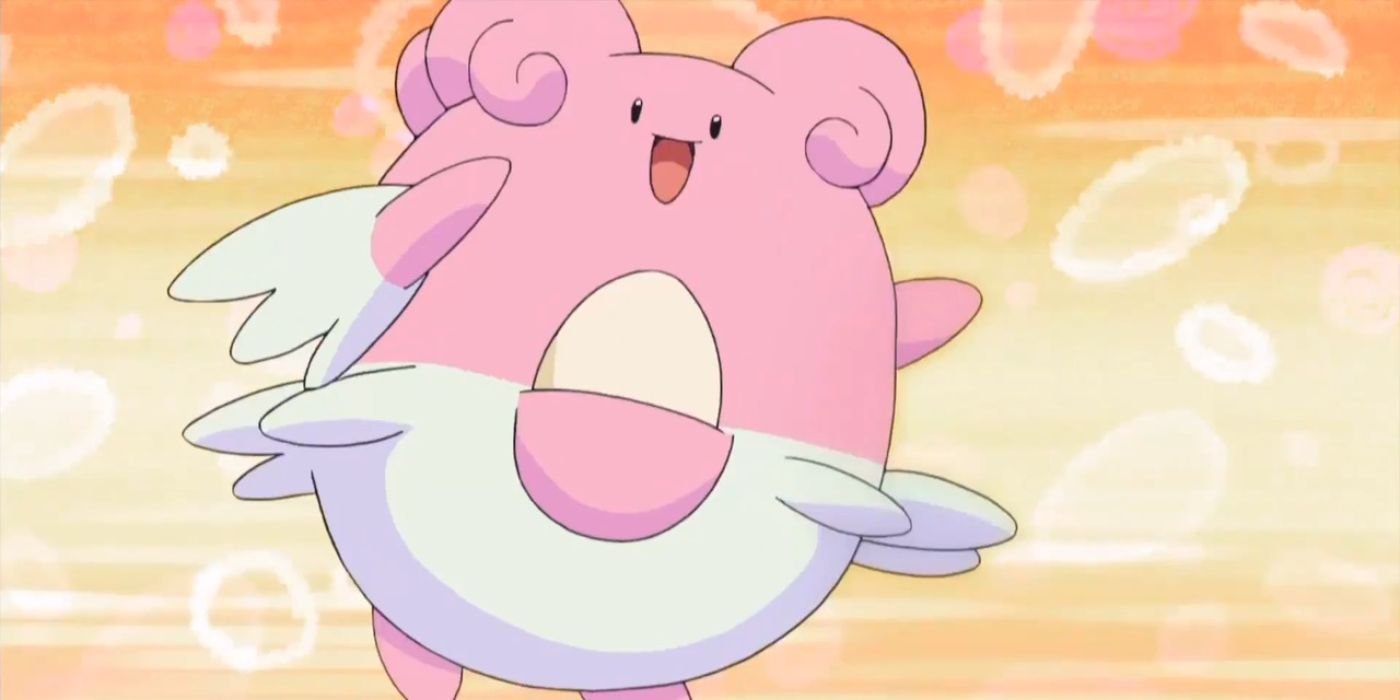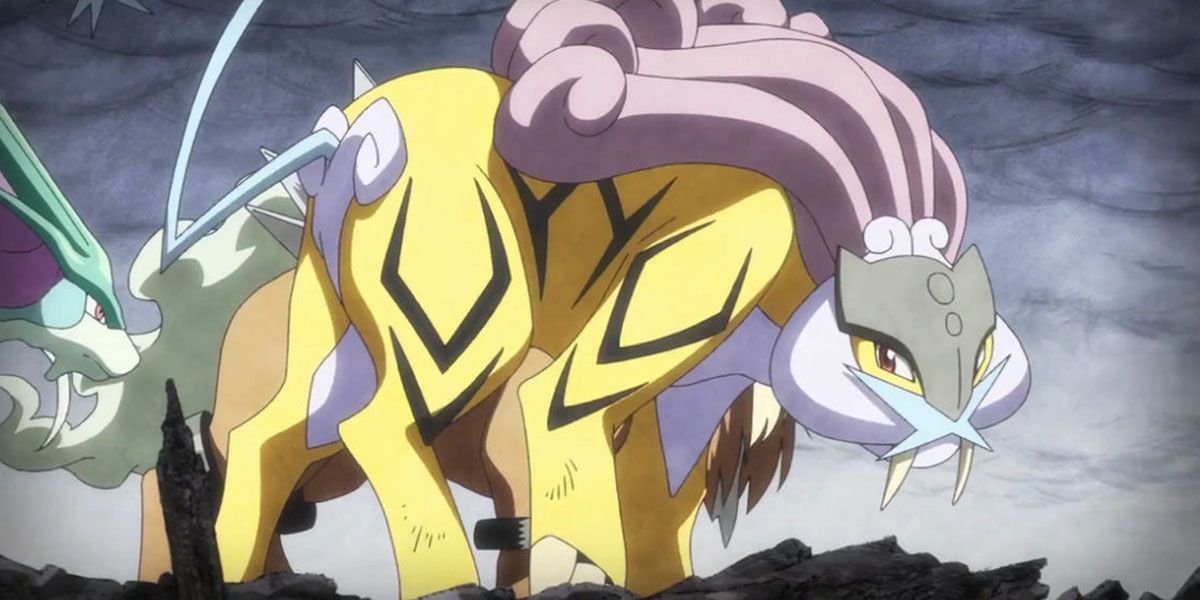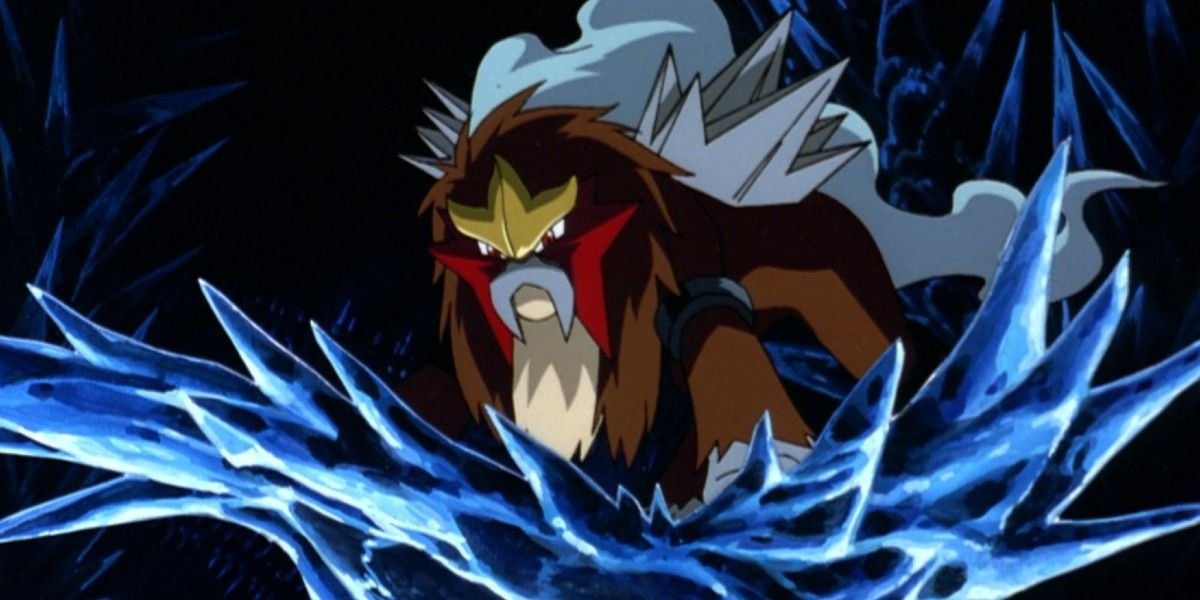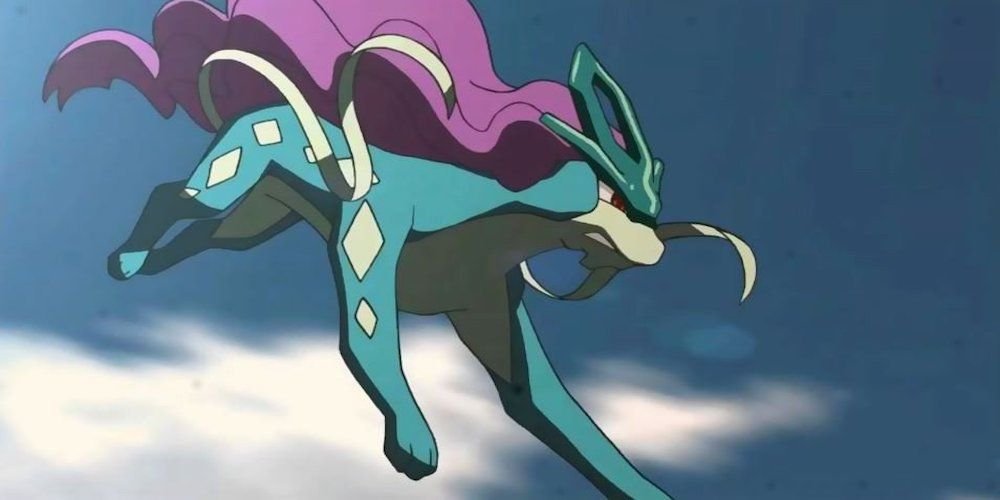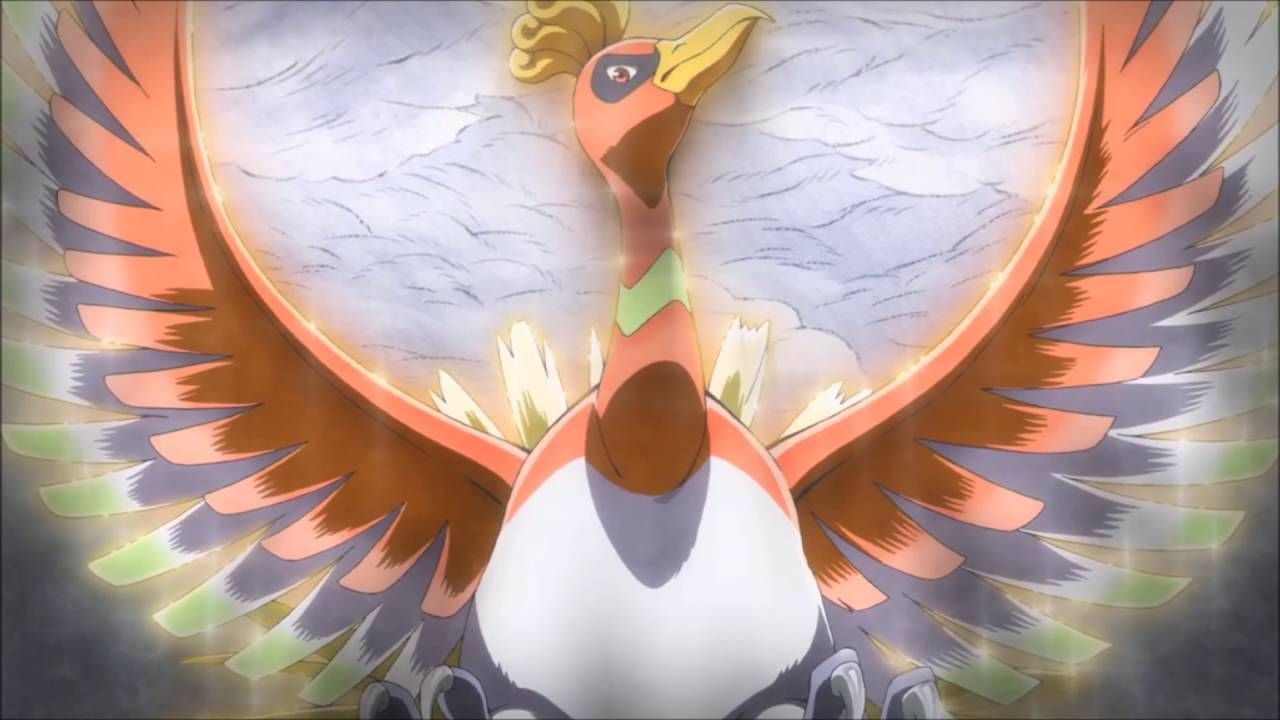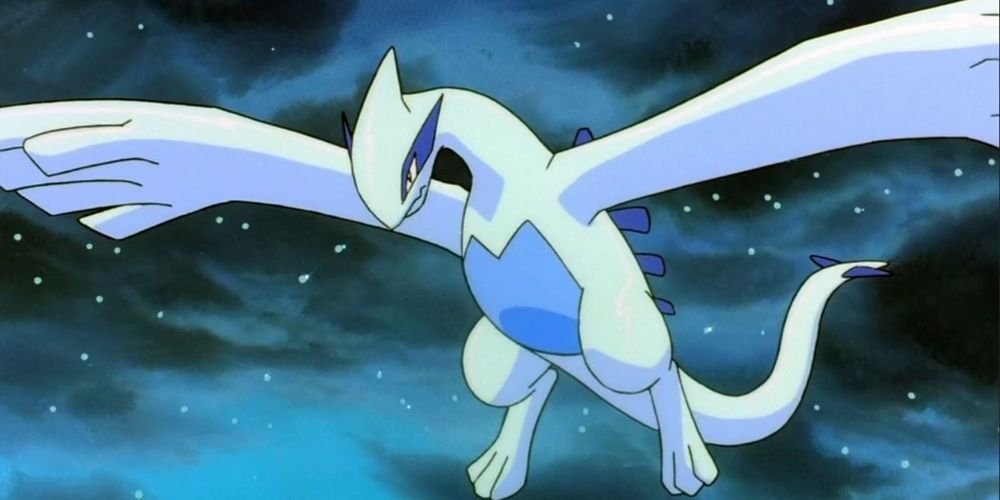The Generation II Pokémon games were a significant leap in quality and technical capabilities from the original Game Boy titles, offering a batch of exciting and rare new species along the way. Game Freak became more creative with how many of these creatures could be found across Gold, Silver, and Crystal.
These methods included unique gimmicks for evolution and particularly challenging wild encounters, making even certain non-Legendary species difficult to come by. From the wild Heracross hiding inside the Johto region’s forests and trees to the debut “roaming” gimmick through the wild encounters of the Legendary Beast trio, Gen II has plenty of rare Pokémon.
10 Heracross Is Only Found Through A Monotonous Gimmick
|
Type: |
Bug/Fighting-Type |
|---|---|
|
How to catch: |
Use Headbutt on high-encounter trees on Routes 29, 30, 31, 32, 33, 42, 43, and 44 |

10 Rarest Pokémon from the Original Series
Pokémon Red & Blue is where the franchise all started, and aspiring Pokémon Masters had to work pretty hard to complete the Pokédex’s rarest species.
Bug-Type Pokémon are typically known for being frail in battle. However, Generation II’s Heracross bucks that trend, with the dual Bug/Fighting-Type creature benefiting from an impressive Physical Attack stat (125) and a strong secondary typing to compensate.
Still, Heracross was an infamously finicky Pokémon to capture, as it was only found after using Headbutt on certain trees. It’s found in multiple routes, but what makes it difficult to flush out is the bug is only found in the select “high-encounter” trees. To add to the difficulties, the more common species it shares a habitat with have markedly higher encounter rates than Heracross.
9 Hitmontop Has Meticulous Stat Requirements
|
Type: |
Fighting-Type |
|---|---|
|
How to catch: |
Evolve from Tyrogue (Lv. 20), Tyrogue’s Attack and Defense stats must be equal |
Pokémon Gold, Silver, and Crystal experimented with some rather convoluted evolution methods with Hitmontop. The Fighting-Type species evolves from Tyrogue — the 1st stage creature that can also evolve into Gen I’s Hitmonlee or Hitmonchan. Getting a Hitmontop requires a meticulous stat spread, at least by Pokémon standards.
Before that, players must pick up the sole Tyrogue found in the games as a gift from the Fighting Dojo’s Kiyo in Mt. Mortar. Then, its Attack and Defense must be equal by the time it evolves at Lv. 20. If not, it will evolve into Hitmonlee (Attack higher than Defense) or Hitmonchan (Defense higher than Attack). Players are advised to save the game before it reaches Lv. 20 and have certain Vitamins on hand to manipulate its stats.
8 Blissey Requires High Friendship After A Rare Encounter
|
Type: |
Normal-Type |
|---|---|
|
How to catch: |
Evolve from Chansey (high friendship), wild Chansey are found on Routes 13, 14, and 15 |
Blissey is another new Pokémon species to Johto that evolves from a Kanto monster — in this case, Chansey. Also a pure Normal-Type, this Pokémon is known for being a potentially menacing defensive tank, boasting a stunning 255 HP and 135 Special Defense.
Players will need patience to obtain a Blissey, as it only evolves from Chansey after raising its friendship level to 220 and then leveling it up. There’s no natural in-game way to measure this number precisely. Adding to the tediousness, wild Chansey have a painfully low 1 percent encounter rate on Routes 13, 14, and 15 in the Kanto region.
7 Tyranitar Is Johto’s Resident Pseudo-Legendary
|
Type: |
Rock/Dark-Type |
|---|---|
|
How to catch: |
Evolve from Pupitar (Lv. 55); wild Larvitar are found in the wild in Mt. Silver in Gold, Silver, and Crystal; can be purchased from the Celadon Game Corner for 8,888 coins in Crystal |
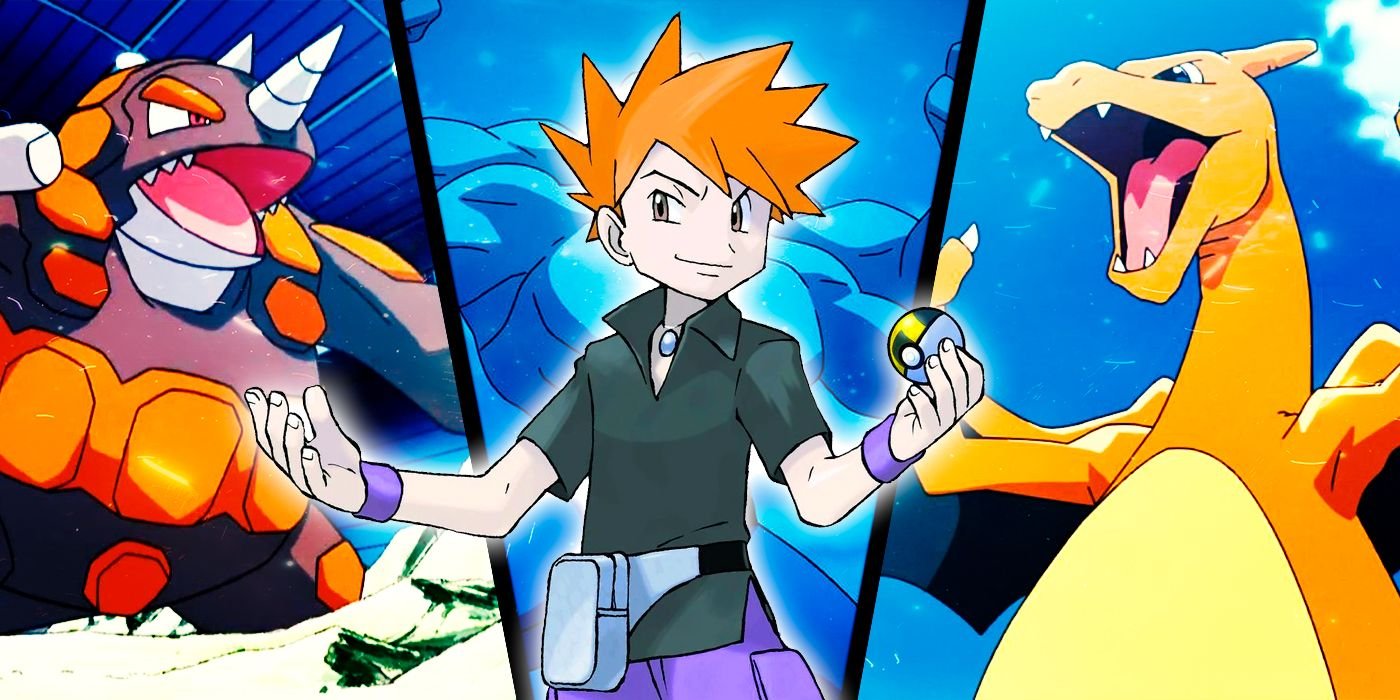
Blue’s 8 Best Pokémon From the Adventures Manga
Blue has proven himself quite the adversary in the Pokémon Adventures manga, as Red is challenged to overcome powerful Pokémon like Machamp.
“Pseudo-Legendary Pokémon” is one of the most consistent traditions of the mainline games, offering unique creatures with almost Legendary-tier strength. Tyranitar is the Johto region’s resident Pseudo-Legendary, with the dual Rock/Dark-Type holding up even in Gen IX as one of the strongest non-Legendary monsters.
On top of the long-term commitment to evolve Larvitar into Pupitar (Lv. 30) and Pupitar into Tyranitar (Lv. 55), it was even more elusive to get than Gen I’s Dragonite. Before the Nintendo DS remakes (HeartGold and SoulSilver), Larvitar could only be found as a rare encounter on Mt. Silver. This locale is locked until earning all 16 Gym Badges across Johto and Kanto. It frustratingly limited party composition despite being a Johto species. Crystal only marginally improves things by letting players buy a Larvitar for thousands of coins at the Game Corner.
6 Raikou Is A Roaming Legendary
|
Type: |
Electric-Type |
|---|---|
|
How to catch: |
Roaming Johto randomly after players encounter it in the Burned Tower |
Raikou, Entei, and Suicune make up the fan-favorite Legendary Beast Trio from the Johto Pokémon games. These three creatures involve another unique encounter mechanic, with Raikou being the group’s Electric-Type representative. Like its contemporaries, Raikou can only be found after encountering them in a brief cutscene inside the Burned Tower.
After that, it’ll randomly roam the Johto region for players to find spontaneously. In addition to only being one Raikou in the games, the most tedious element of these random encounters is that Raikou will run from the battle the first chance it gets. This will force players to try their luck again in the wild, though, there are clever ways to manipulate its travel path.
5 Entei Is Another Tricky Roaming Pokémon
|
Type: |
Fire-Type |
|---|---|
|
How to catch: |
Roaming Johto randomly after players encounter it in the Burned Tower |
The Legendary Beast Entei is the trio’s pure Fire-Type and is typically found in the same manner as its counterparts. The beast has some impressive power backing it, but it’s partially hampered by leaning toward its Physical Attack (115) rather than Special Attack (90).
All Fire attacks were categorized as Special in the Generation II games, meaning Entei couldn’t max out its offensive potential. Still, it’s a Pokémon worth catching, and it’s similarly difficult to hunt down due to the roaming mechanic. Entei can be found alongside Raikou and Suicune randomly across Johto in Gold and Silver. It only shares this method with Raikou in Crystal, as Suicune gets its own gimmick in the “third-version” game.
4 Suicune Is More Lenient Depending On The Game
|
Type: |
Water-Type |
|---|---|
|
How to catch: |
Roaming Johto randomly after players encounter it in the Burned Tower, summoned in the Tin Tower with the Clear Bell in Crystal |

30 Most Powerful Pokémon Cards Of All Time
The Pokémon Trading Card Game is home to some extremely powerful cards, many of them inspired by the strongest Pokémon in the video games and anime.
Due to its Crystal role, Suicune is the most forgiving Pokémon to catch of the three Legendary Beasts. The pure Water-Type representative can be found the same way in Gold and Silver as its partners Entei and Raikou.
Being PokémonCrystal‘s mascot, however, Suicune gets a longer and more scripted encounter through a side storyline involving the Legendary Beast researcher Eusine. The Water-Type Pokémon will appear in select cutscenes before being summoned by the player on the ground floor of Tin Tower using the Clear Bell. It’s a much more convenient capture method but to keep things balanced, there’s still one Suicune in Crystal.
3 Ho-Oh Gives Players One Chance To Catch It
|
Type: |
Fire/Flying-Type |
|---|---|
|
How to catch: |
Summoned at the Tin Tower with the Rainbow Wing |
The flagship Legendary of PokémonGold, Ho-Oh is a powerful beast heavily inspired by the mythology of the phoenix. It’s a dual Fire/Flying-Type species with immense offensive (130 Physical Attack, 110 Special Attack) and Special Defense stats (154), easily making it one of the strongest Fire Pokémon.
Unlike later mainline games, which typically lock mascot Legendaries to their respective versions, Ho-Oh can naturally be caught across all three Gen II games. In Gold, it’s part of a tense encounter during the main story at the top of Tin Tower, while players have to wait until the post-game portion to catch it in Silver and Crystal. Regardless, there’s only one Ho-Oh per game, its attacks hit incredibly hard, and its capture rate is low.
2 Lugia Is Found At The End Of A Winding Dungeon
|
Type: |
Psychic/Flying-Type |
|---|---|
|
How to catch: |
Summoned at the Whirl Islands with the Silver Wing |

Every Pokémon Type And Their Strengths & Weaknesses
Pokémon’s 18 different types offer some interesting matchups – and fans should always consult the Pokémon type chart for the strengths and weaknesses.
The counterpart of Gold‘s Ho-Oh, Lugia is PokémonSilver‘s Legendary mascot. It’s a dual Psychic/Flying-Type creature and is arguably harder to catch than Ho-Oh due to its more complicated location. Lugia can be found during Silver‘s main story but not until the post-game portion of Gold and Crystal.
Like its counterpart, this Pokémon has an entire dungeon dedicated to it, this time in the form of the Whirl Islands. However, the Whirl Islands are more labyrinthine than the Tin Tower, with its HM move requirements to traverse the dungeon being more demanding and the overall map’s layout more complex. Otherwise, Lugia offers a similarly tough challenge to players trying to stall it long enough to capture, as the Pokémon’s moves can decimate players’ teams.
1 Celebi Is An Elusive Event-Only Pokémon
|
Type: |
Psychic/Grass-Type |
|---|---|
|
How to catch: |
N/A (officially, can only be caught in Gold and Silver through glitch exploits), summoned at the Ilex Forest shrine with the GS Ball in Crystal |
Like Gen I’s extremely elusive Mew, the Mythical time-traveling Pokémon Celebi is easily among the hardest creatures to come by in Gold, Silver, and Crystal. A dual Grass/Psychic-Type, this Pokémon has Mew’s perfectly balanced stat spread (100 across the board) and was mostly locked behind special in-person events.
Celebi can’t be legitimately found in Gold or Silver, requiring an elaborate glitch involving a Sneasel to be triggered. It’s slightly easier in Crystal, as the previous event-only method to catch it can be accessed naturally in-game when playing through the Virtual Console version on the Nintendo 3DS. After obtaining the GS Ball from Kurt, Celebi is summoned to the Ilex Forest shrine. Still, this is the only Celebi in the game and the 3DS’ eShop has since been taken down.
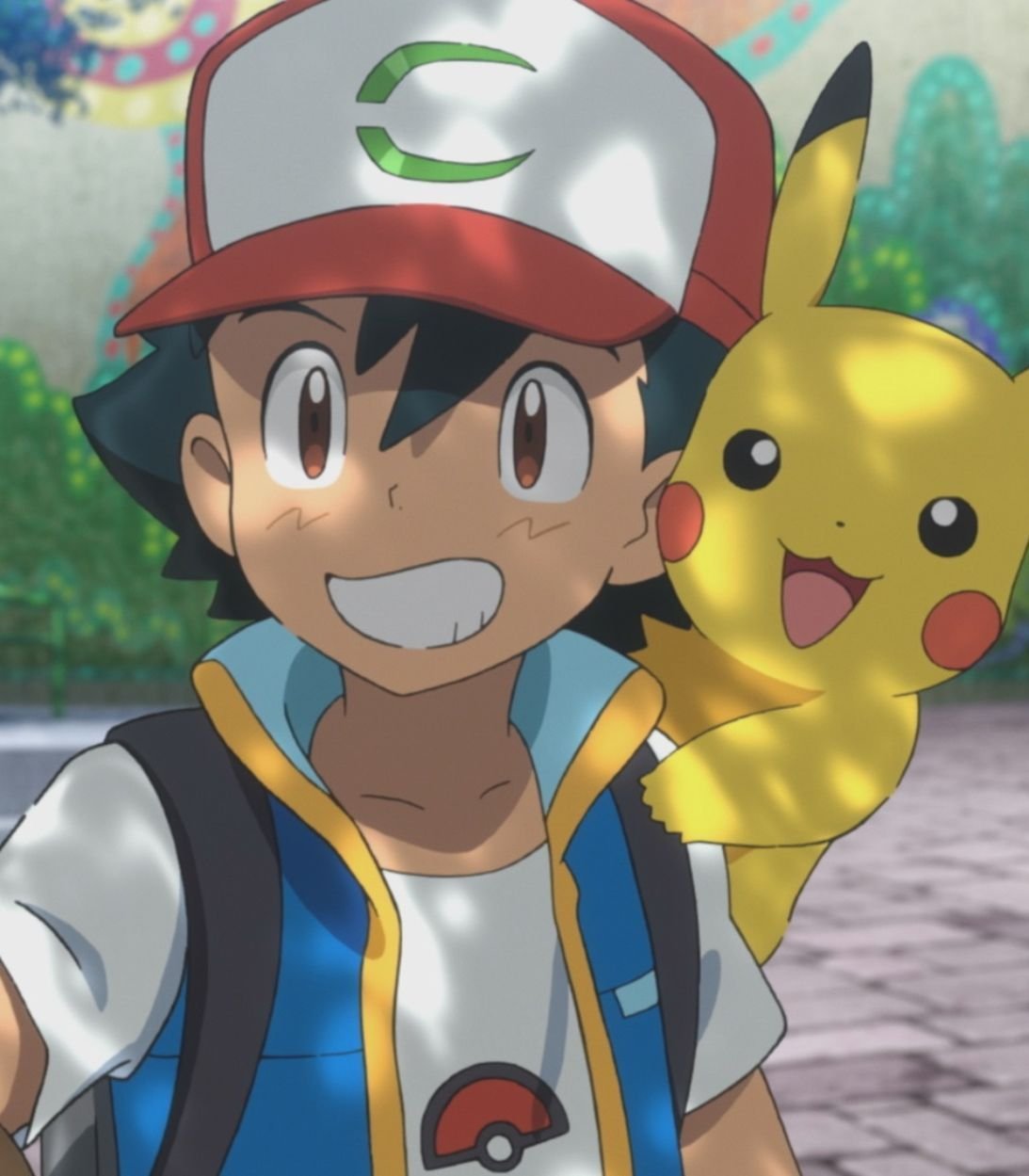
Pokemon
Expanding across a multitude of media, including TCGs, video games, manga, live-action movies and anime, the Pokémon franchise is set in a shared world of humans and creatures with a wide variety of special abilities.
- Created by
- Satoshi Tajiri
- First Film
- Pokemon: The First Movie
- Latest Film
- Pokémon the Movie: Secrets of the Jungle
- First TV Show
- Pokémon (1997)
- First Episode Air Date
- April 1, 1997


